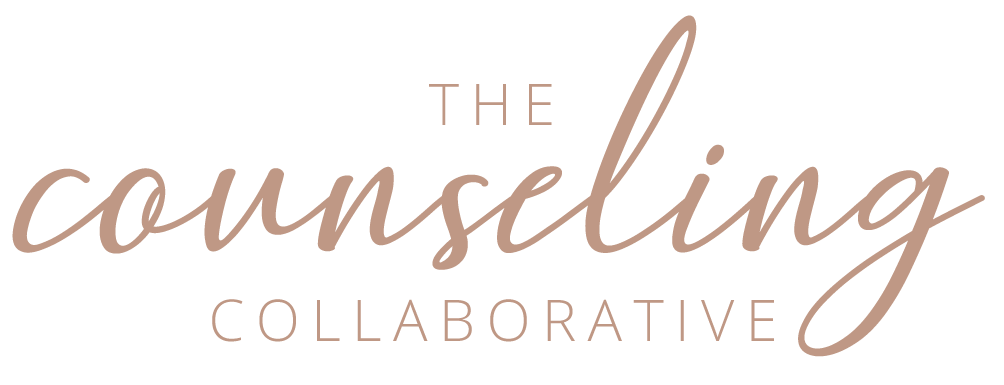Practicing Self-Trust
Your relationship with yourself is arguably the most important relationship in your life. All other relationships stem from it. There are so many factors that contribute to having a strong, healthy relationship with yourself, but the one I want to draw your attention to is trust. We often think about trust from the perspective of trusting others, especially within relationships… but what does it look like to trust yourself? And how do we build trust with ourselves if it is lacking?
Trusting yourself is doing what you say you’re going to do. If you say you’re going to wake up and work out in the morning, and you follow through and do it, you build trust. If you say you’re not going to spread yourself so thin, and you say no to that extra commitment, you build trust. If you say you’re going to stick to the budget this month, and you actually limit your spending, you build trust. If you are having trouble trusting yourself, try setting a really small goal, and follow through with it. It is through this process that you can begin to build trust with yourself.
Trusting yourself might look like setting boundaries and honoring those boundaries. For example, you might set an “internal” boundary that you will not allow the people in your life to treat you disrespectfully. If you find yourself in a relationship where you are being disrespected, perhaps you communicate your boundary to the other person that you will not tolerate being talked to or treated that way. If the boundary isn’t respected by the other person, perhaps you end the relationship. We cannot control the actions of others, but we can control our response. Honoring the boundaries you have set for yourself is a great way to build trust.
Trusting yourself also means listening to your intuition. You know yourself better than anyone else. However, anxiety and worry can sometimes make us question our intuition. We recently wrapped up our book club over the book “The Mountain is You” by Brianna Wiest. I want to share what she writes about trusting your intuition:
“This is how to start telling the difference between thoughts that are informed by your intuition and thoughts that are informed by fear: Intuitive thoughts are calm. Intruding thoughts are hectic and fear-inducing. Intuitive thoughts are rational; they make a degree of sense. Intruding thoughts are irrational and often stem from aggrandizing a situation or jumping to the worst conclusion possible. Intuitive thoughts help you in the present. They give you information that you need to make a better-informed decision. Intruding thoughts are often random and have nothing to do with what’s going on in the moment. Intuitive thoughts are “quiet”; intruding thoughts are “loud,” which makes one harder to hear than the other. Intuitive thoughts usually come to you once, maybe twice, and they induce a feeling of understanding. Intruding thoughts tend to be persistent and induce a feeling of panic. Intuitive thoughts often sound loving, while invasive thoughts sound scared. Intuitive thoughts usually come out of nowhere; invasive thoughts are usually triggered by external stimuli. Intuitive thoughts don’t need to be grappled with—you have them and then you let them go. Invasive thoughts begin a whole spiral of ideas and fears, making it feel impossible to stop thinking about them. Even when an intuitive thought doesn’t tell you something you like, it never makes you feel panicked. Even if you experience sadness or disappointment, you don’t feel overwhelmingly anxious. Panic is the emotion you experience when you don’t know what to do with a feeling. It is what happens when you have an invasive thought. Intuitive thoughts open your mind to other possibilities; invasive thoughts close your heart and make you feel stuck or condemned. Intuitive thoughts come from the perspective of your best self; invasive thoughts come from the perspective of your most fearful, small self. Intuitive thoughts solve problems; invasive thoughts create them. Intuitive thoughts help you help others; invasive thoughts tend to create a “me vs. them” mentality. Intuitive thoughts help you understand what you’re thinking and feeling; invasive thoughts assume what other people are thinking and feeling. Intuitive thoughts are rational; invasive thoughts are irrational. Intuitive thoughts come from a deeper place within you and give you a resounding feeling deep in your gut; invasive thoughts keep you stuck in your head and give you a panicked feeling. Intuitive thoughts show you how to respond; invasive thoughts demand that you react.”
I found this excerpt to be incredibly helpful in separating anxiety from intuition.
Comparison is another barrier that takes away from our ability to trust ourselves. In most of my conversations with women, this comparison is driven by social media. We live in such a visible world these days, and we know what other people are doing more than we ever have. Sometimes we make a decision that we believe is right for us, but then we see others doing something differently, and all of a sudden we start questioning ourselves. Here’s the thing – no one else is going to do things exactly like you, because you are unique to you. You can trust that you are making decisions that are best for you – and if you don’t feel like you are, perhaps that acts as motivation for change.
I would invite you to take a few moments after reading this to reflect on your relationship with yourself. If you find yourself struggling to trust your intuition or your decisions, try identifying what gets in the way of that. Is it anxiety? Comparison? Doubt? Self-awareness is the key to change, and it’s never too late to change your relationship with yourself.

